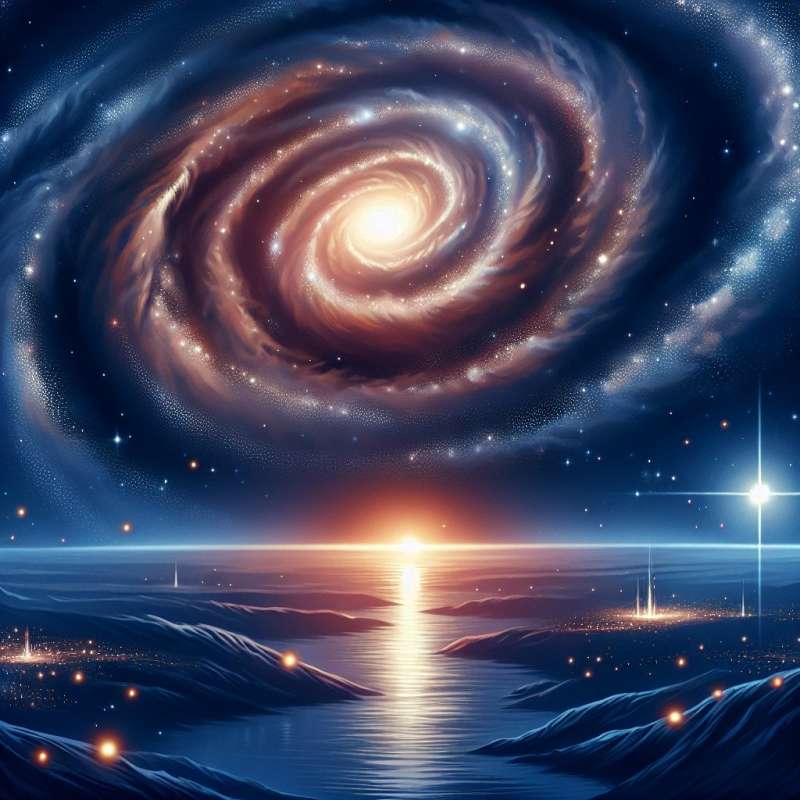
Galaxies: Birth and Assembly
Galaxies begin as quantum fluctuations post-Big Bang. Gravity amplifies these irregularities, allowing gas to collapse into halos of dark matter, giving rise to the first stars and protogalaxies in a process called hierarchical merging.
Stellar Populations Emerge
Early galaxies are chaotic. Intense star formation leads to rapid stellar evolution. Two types of stellar populations form: Population III, metal-free stars, and Population II, slightly metal-rich, influencing subsequent galaxy characteristics through supernovae.
Galactic Evolutionary Paths
Galaxies evolve through internal and external processes. Major mergers catalyze starbursts and active galactic nuclei formation. Meanwhile, secular evolution, like bar formation in spirals, reshapes galaxies without dramatic external influence.
Quenching of Star Formation
Star formation in galaxies eventually ceases. Mechanisms like virial shock heating of infalling gas, active galactic nuclei feedback, or the depletion of cold gas reservoirs lead to a galaxy's transition from 'blue and active' to 'red and dead'.
Interaction and Cannibalism
Galaxy interactions are common. Larger galaxies often cannibalize smaller companions, a process observed in the extended stellar halos of many galaxies, including our own Milky Way, which contains remnants of devoured dwarf galaxies.
Galactic Recycling
Galaxies are recycling powerhouses. Supernovae and stellar winds expel gas into the intergalactic medium, which can be re-accreted. This cosmic recycling can spark new star formation in neighboring galaxies, perpetuating the cycle of galactic life.
The Cosmic Downsize
Galaxy growth exhibits 'downsizing'. Surprisingly, massive galaxies formed their stars early and quickly, while smaller galaxies continue to form stars. This inverse relationship challenges early understanding of galaxy formation and remains an active research area.Galactic Ghosts
Some galaxies, known as ultra-diffuse galaxies, are nearly invisible due to their low star density, yet they contain massive amounts of dark matter.
What begins galaxy formation post-Big Bang?
Solar activity fluctuations
Quantum fluctuations amplification
Supernovae shockwaves
Company